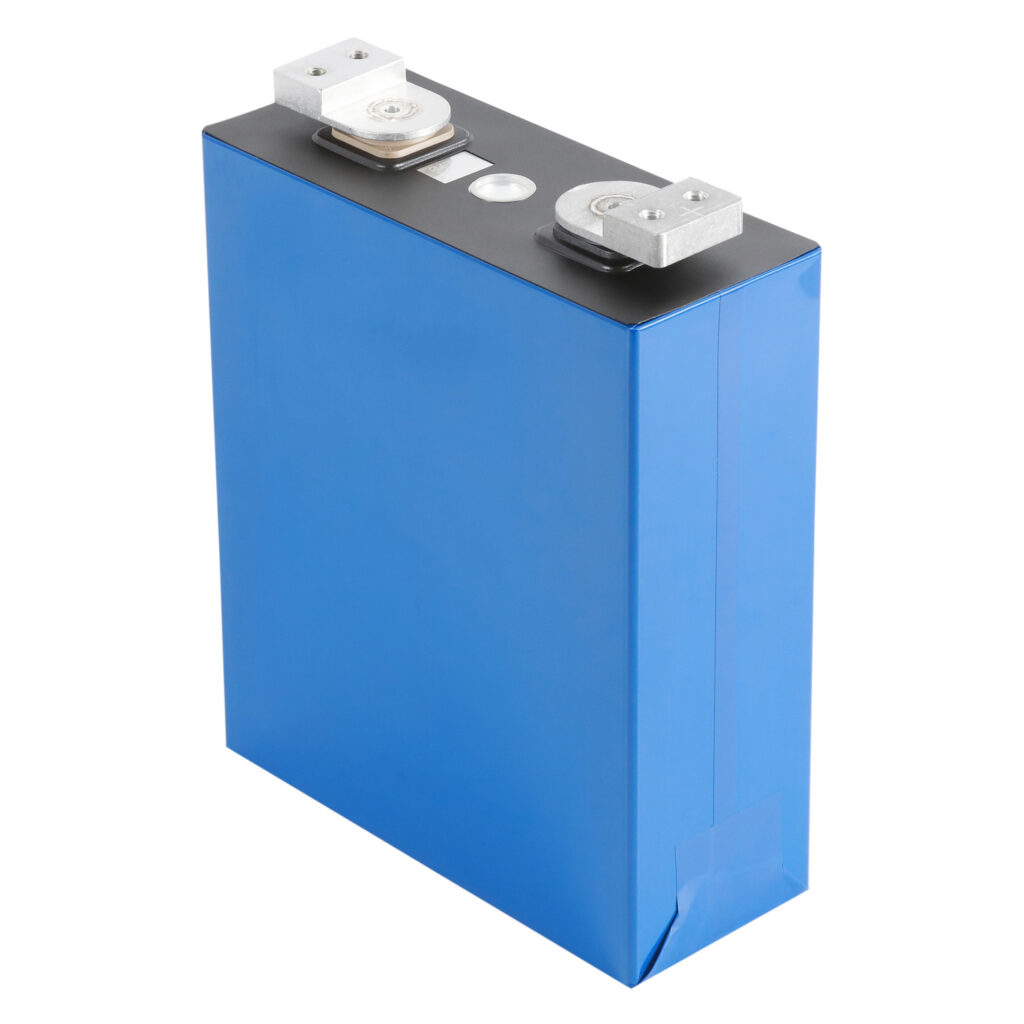Lithium batteries have several key parameters that define their performance and characteristics.
- Voltage (V): The voltage of a lithium battery is a measure of its electrical potential. Common lithium-ion batteries typically have a nominal voltage of 3.7 volts per cell. However, some variations exist, such as lithium iron phosphate (LiFePO4) batteries with a nominal voltage of around 3.2 volts per cell.
- Capacity (Ah or mAh): Capacity refers to the amount of energy a lithium battery can store and deliver. It is measured in ampere-hours (Ah) or milliampere-hours (mAh). Higher capacity values indicate longer runtime for a given application.
- Energy Density (Wh/kg or Wh/L): Energy density is a measure of how much energy a battery can store relative to its weight or volume. Lithium batteries generally have high energy density compared to other types of batteries, making them popular for portable electronic devices.
- Cycling Life: Cycling life is the number of charge and discharge cycles a lithium battery can undergo while maintaining a specified level of capacity. It is an important factor for applications that require frequent charging and discharging.
- Charge and Discharge Rate (C-rate): The C-rate represents the rate at which a battery is charged or discharged relative to its capacity. It is expressed as a multiple of the battery’s capacity. For example, a 1C charge or discharge rate means the battery charges or discharges in one hour.
- Self-Discharge Rate: Self-discharge refers to the rate at which a battery loses its charge when not in use. Lithium batteries generally have a low self-discharge rate compared to some other battery chemistries.
- Operating Temperature Range: Lithium batteries perform optimally within a specified temperature range. Extreme temperatures can affect their performance and safety. It’s essential to operate lithium batteries within the recommended temperature limits.
- Chemistry: Different lithium battery chemistries exist, each with its own characteristics. Common lithium-ion battery chemistries include Lithium Cobalt Oxide (LiCoO2), Lithium Manganese Oxide (LiMn2O4), Lithium Iron Phosphate (LiFePO4), and others. The choice of chemistry depends on the specific application requirements.
- Safety Features: Lithium batteries often include safety features such as overcharge protection, over-discharge protection, short circuit protection, and thermal protection to ensure safe operation.
- Form Factor: Lithium batteries come in various shapes and sizes, depending on the application. Common form factors include cylindrical cells, prismatic cells, and pouch cells.
Understanding these parameters is crucial when selecting a lithium battery for a particular application, as they influence the battery’s performance, lifespan, and safety characteristics.


